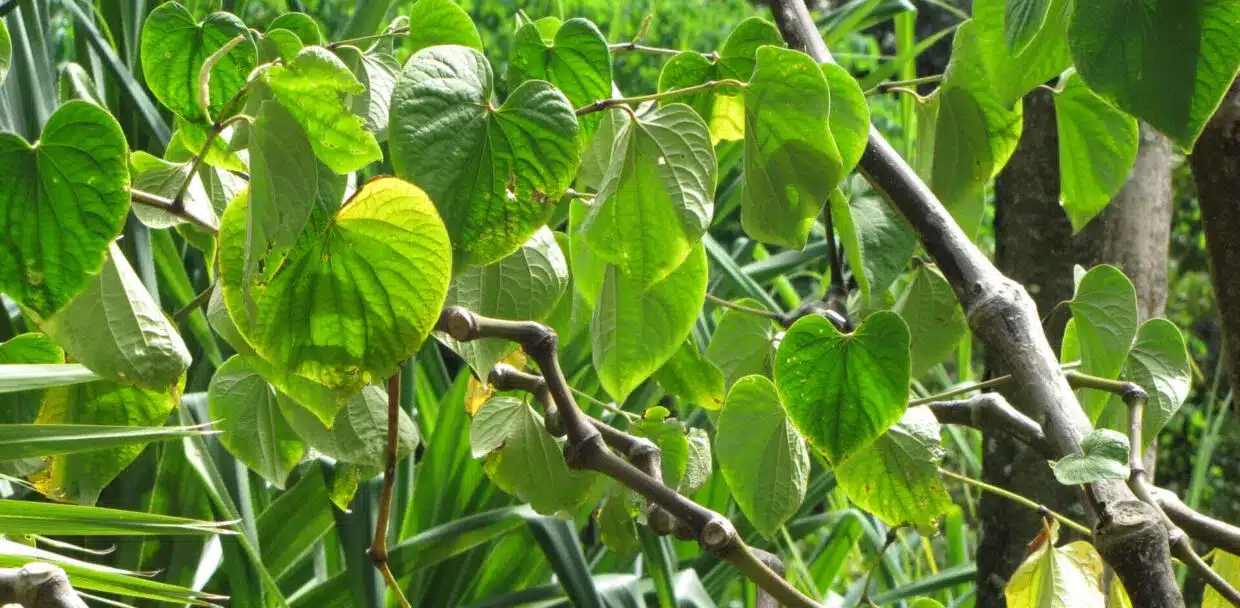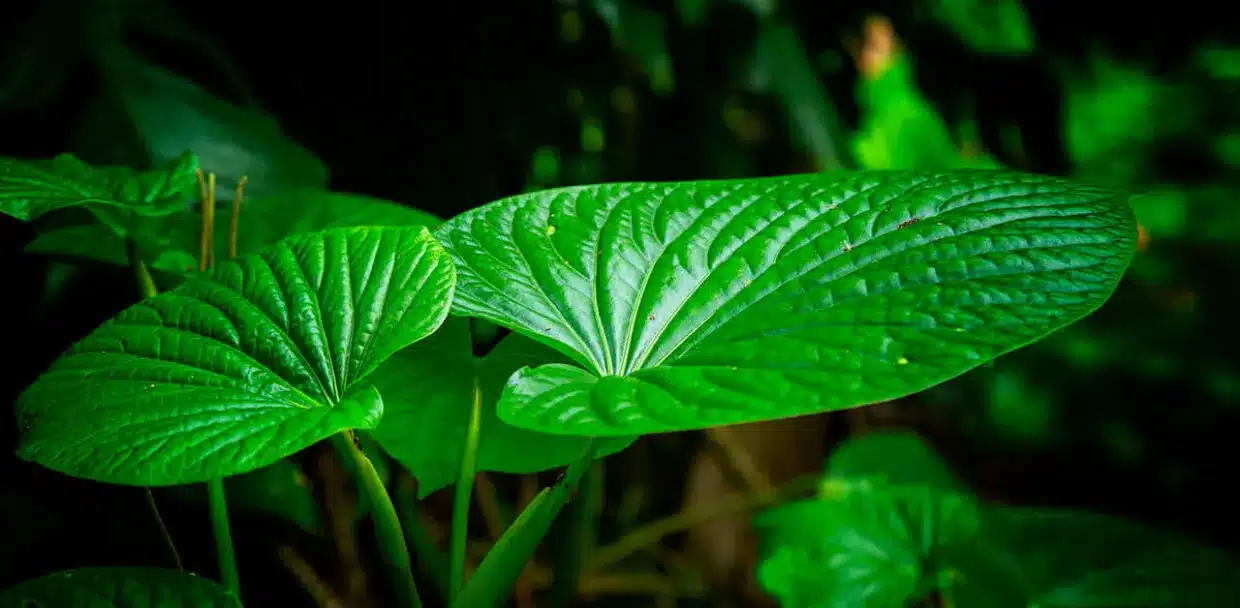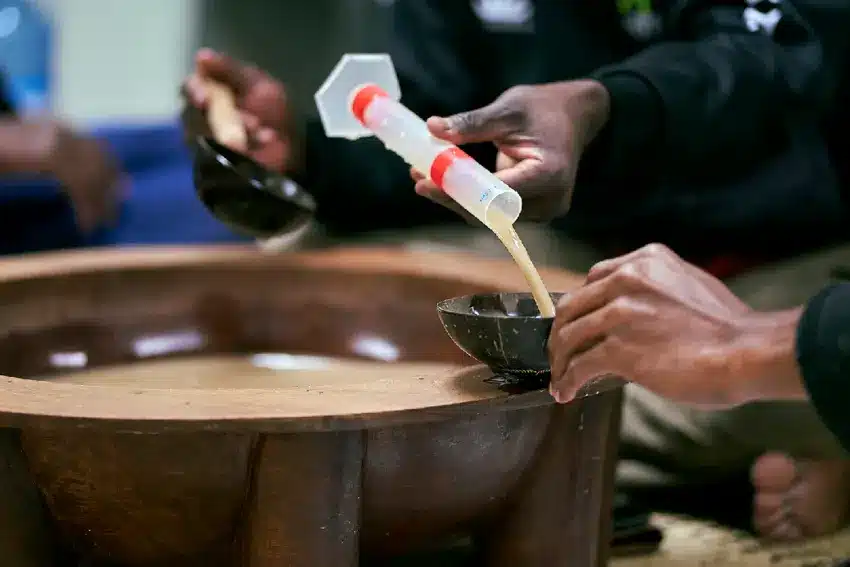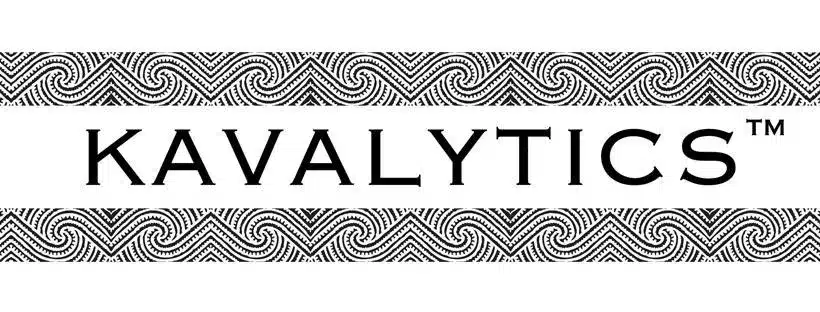The Botanical and Chemical Distinctions Between Tudei Kava and Noble Kava: A Scientific Exploration
Kava, long revered for its cultural significance and potential health benefits, has garnered widespread attention globally. A crucial aspect of understanding this revered plant lies in differentiating between Tudei Kava and Noble Kava. Diving into the botanical and chemical disparities between these varieties uncovers a deeper appreciation for the nuances of kava consumption.


Botanical Distinctions
Tudei Kava, characterized by its shorter stature and smaller leaves, is primarily prevalent in certain regions of Vanuatu and has distinct morphological features. On the other hand, Noble Kava, with its larger size and broader leaves, is more widely recognized for its quality and utilitarian purposes.
Dr. Vincent Lebot, a renowned expert in kava research, has conducted comprehensive studies shedding light on the botanical variability between Tudei Kava and Noble Kava. His research emphasizes the importance of understanding these botanical discrepancies to ensure the cultivation of premium-quality kava varieties.
Chemical Composition

The chemical composition of kava, specifically the presence of kavalactones, plays a pivotal role in distinguishing between Tudei Kava and Noble Kava. Noble Kava is known for its higher concentration of desirable kavalactones, contributing to its sought-after effects and perceived quality. In contrast, Tudei Kava contains higher levels of compounds associated with adverse effects, making it a less favorable choice for consumption.
Referencing the authoritative book “Kava the Pacific Elixir,” authored by renowned kava expert Chris Kilham, provides further insights into the intricate chemical makeup of kava. This invaluable resource delves into the pharmacological properties of kavalactones and their impact on the overall kava experience.
Effects and Safety Considerations
Scientific research has elucidated the contrasting effects of Tudei Kava and Noble Kava on the human body. While Noble Kava is revered for its anxiolytic and relaxing properties, Tudei Kava has been associated with potential negative effects on the liver due to its chemical composition. Understanding these safety considerations is paramount in promoting responsible kava consumption practices.
Anthropological studies, including those referenced in “Kava the Pacific Elixir,” offer invaluable insights into the cultural and traditional context surrounding the use of Tudei Kava and Noble Kava. Examining the historical significance of these kava varieties enriches the understanding of their roles in diverse cultural settings.

Sourcing and Quality Control

Ensuring the procurement of kava from reputable suppliers is essential to guaranteeing the authenticity and quality of the product. Dr. Lebot’s research underscores the significance of rigorous quality control measures in kava cultivation, highlighting the importance of sourcing from reliable sources.
In conclusion, the discernible botanical and chemical disparities between Tudei Kava and Noble Kava underscore the necessity of making informed decisions when selecting kava varieties. Drawing upon the wealth of scientific research and expert insights, consumers can navigate the kava landscape with a heightened sense of awareness and appreciation for this botanical treasure.
Testing for Noble Kava and Tudei kava
The distinction between Noble Kava and Tudei Kava hinges on a nuanced scientific investigation that delves into the realm of analytical testing. By employing sophisticated methods such as colorimetric testing and High-Performance Liquid Chromatography (HPLC), researchers can unravel the distinct characteristics that differentiate these kava varieties.
Colorimetric Testing
Colorimetric testing serves as a fundamental tool in discerning the botanical origins of kava strains. By analyzing the color properties of kava extracts, researchers can detect subtle differences in pigmentation that are indicative of specific kava varieties. In the case of Noble Kava, colorimetric testing reveals a more vibrant hue, reflecting the presence of higher-quality kavalactones that exemplify its superior status.
Dr. Vincent Lebot’s groundbreaking research has underscored the efficacy of colorimetric testing in distinguishing between Noble Kava and Tudei Kava. Through meticulous analysis of color profiles, researchers can confidently identify the premium characteristics associated with Noble Kava, setting it apart from its lesser counterpart.
High-Performance Liquid Chromatography (HPLC) Testing
In parallel with colorimetric testing, the utilization of HPLC offers a detailed insight into the chemical composition of kava varieties. This advanced analytical technique enables researchers to quantify the concentration of specific kavalactones present in kava extracts, providing a precise measurement of their potency and purity. Noble Kava, known for its elevated levels of desirable kavalactones, exhibits a distinct chromatographic profile that distinguishes it from the lower-grade Tudei Kava.
Referencing seminal works such as “Kava the Pacific Elixir” by Chris Kilham sheds light on the intersection between scientific analysis and traditional kava knowledge. The comprehensive discussions within this authoritative source emphasize the significance of employing cutting-edge methodologies like HPLC to authenticate the quality and integrity of kava products.
Bridging Science and Tradition
The amalgamation of analytical testing methods with traditional knowledge offers a holistic perspective on the identification of Noble Kava and Tudei Kava. By blending empirical data with cultural insights, researchers gain a comprehensive understanding of the botanical and chemical distinctions that define these kava varieties.
It is crucial for consumers and practitioners alike to recognize the value of rigorous testing protocols in ensuring the authenticity and safety of kava products. By advocating for transparent testing practices and quality control measures, the kava industry can uphold standards of excellence and promote responsible consumption practices.
References
- Lebot, V. (2008). “Kava the Pacific Elixir.” CRC Press.
- Kilham, C. (1996). “Kava the Pacific Elixir.” Inner Traditions.
- Stevenson, J. F., Lebot, V., & Ronlèau, G. (1993). “Sensory profile of kava.” Journal of Food Science, 58(5), 1125-1130.
